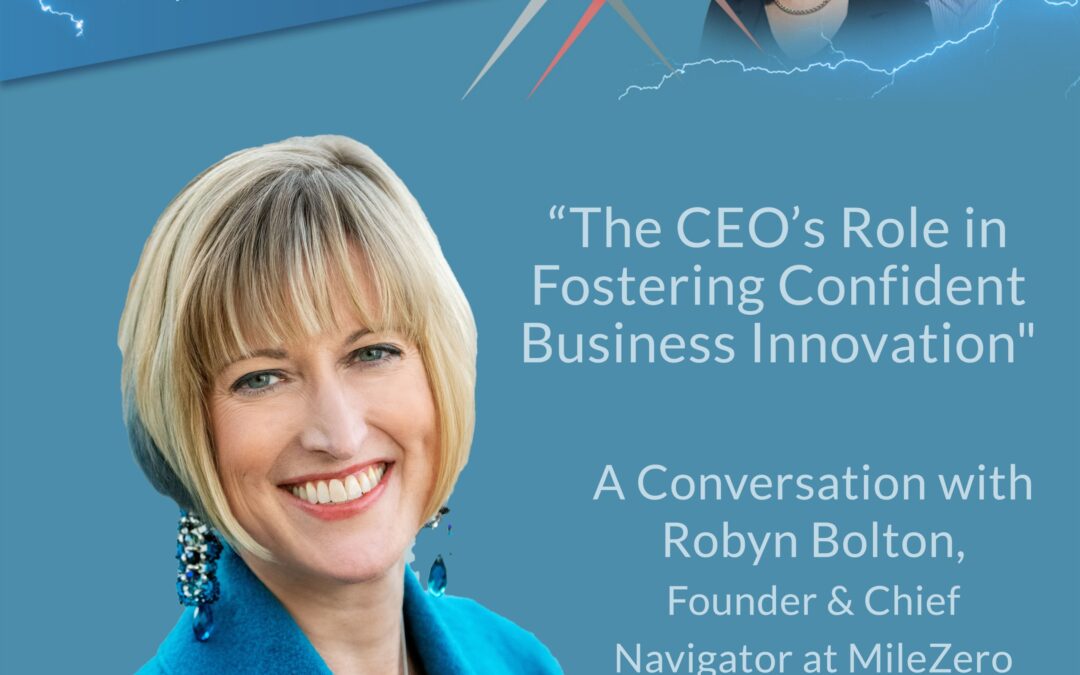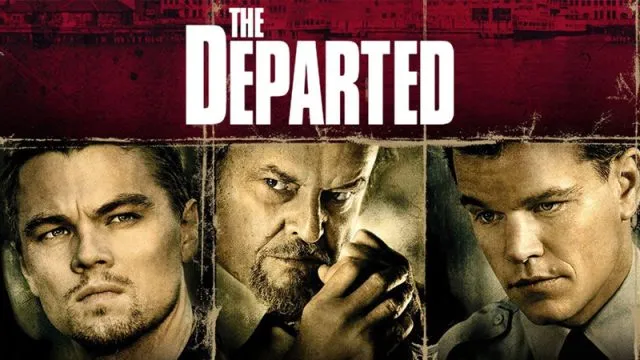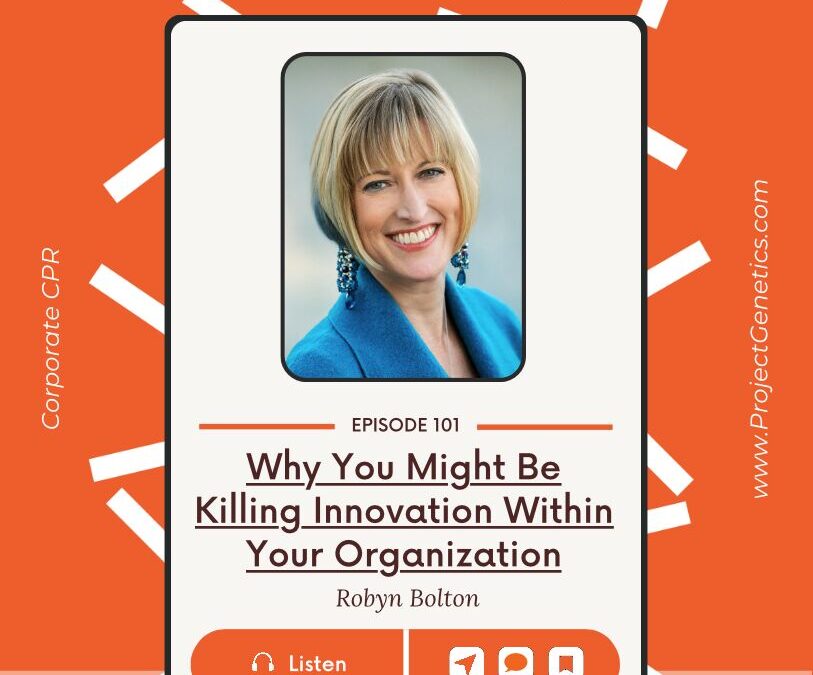


The Positive Power of ‘Negative’ Emotions in Driving Change
You want to make life better for others. This desire is reflected in the optimism and positivity of your language – create value, love the problem, and delight the customer. But making life better requires change, and, as the adage goes, “People want change, but they don’t want to be changed.”
You are confident that the solution you created will make life better and that the change people need to make is quite small and painless, well worth the dramatic improvement you offer. Yet they resist. No amount of explaining, showing, convincing, or cajoling changes their mind. What else can you do?
To quote Darth Vader, “Give yourself to the Dark Side. It is the only way to save your friends.”
“If only you knew the power of the Dark Side…”
The Dark Side is populated by “negative” emotions like anger, fear, and frustration, which are incredibly powerful.
Consider that:
- Negative events are remembered more accurately and in greater detail than positive events
- Six positive comments are required to offset the effect of one negative comment
- 60% of people make purchases fueled by their fear of missing out (FOMO)
Unfortunately, these are also some of the first emotions experienced when confronting change.
Change requires people to let go of what they know in exchange for the promise of something better. This immediately triggers Loss Aversion, the cognitive bias in which the pain of losing is psychologically twice as powerful as the pleasure of gaining.
As a result, people won’t let go of what they know until the pain of holding on becomes unbearable. When you point out the problems and pain of the current situation, you help people understand and experience the unbearableness of the current situation.
“Anger, fear, aggression; the Dark Side of the Force are they”
Not every “negative” emotion elicits the same behavior, so carefully choose the one to tap into.
Fear motivates people to seek safety, which can be good if your solution truly offers a safer alternative. It’s a motivator used well by companies such as Volvo, SimpliSafe, and Graco. But lean on it too much, and people may feel overwhelmed and remain frozen to the status quo.
Anger motivates people to take risks, which can be good when the change requires bold decisions and dogged persistence. It can be great when it bonds people together to achieve a shared goal or protect a common value. Apple used this emotion to brilliant effect in its famous “1984” commercial announcing the launch of Macintosh. But incite too much anger, and things can get broken and not in a helpful way like Apple’s ad.
Frustration, one of the emotions that often drives aggression, is anger’s polite little sister. When people feel frustrated, they’re likely to act, persistently pursue solutions, and creatively approach and overcome obstacles. But if the change is big, feels scary, and puts their sense of self at risk, frustration isn’t powerful enough to convince people to let go of the old and embrace the new.
“If you start down the dark path, forever will it dominate your destiny.”
Yoda is incredibly wise, but he gets this one wrong. Using the Dark Side to speak to people’s “negative” emotions doesn’t doom you to a life or career of fear-mongering or inciting violence. Start here, don’t stay here.
Multiple research studies show that positive emotions, like hope and joy, are more powerful than negative ones in maintaining motivation and even enable more creative thinking and problem-solving. By speaking to both negative and positive emotions, the Dark Side and the Light, you enable change by giving people a reason to let go of the past and a future worth reaching for.
When people stop resisting and start reaching to the future you’re offering, change happens, and you realize that Yoda was right, “Luminous beings are we, not this crude matter.”

New Data Shows that Good Intentions Pave the Way to Innovation Hell
The road to hell is paved with good intentions, and nowhere is that more true than in innovation.
That’s one of the insights I took away from InnoLead’s Q1 report on corporate innovation priorities. The report is an eye-opening look at the impact of AI on corporate innovation as experienced by corporate entrepreneurs themselves. But before deep diving into that topic, the report’s authors shared intriguing data about member companies’ innovation structure, leadership engagement, organizational connections, and results. Nestled amongst the charts were several that, when taken together, got my Spidey senses tingling.
61.0% of innovation teams are “directly under a high-visibility leader with a broad company focus.”
This is great because innovation needs senior leaders’ support and active engagement to survive, let alone survive for long enough to produce meaningful results. Add this to the fact that 45% of senior leadership teams frequently discuss the “progress and value of the innovation program,” and all signs point to innovation as a strategic priority.
But (you knew there was a but, didn’t you)…
If “broad company focus” means “no P&L responsibility,” we have a problem. In every for-profit company I’ve worked for and with, people with P&L responsibility have greater power, influence, and access to resources than people without a P&L. This division may not feel fair, but it makes sense – the people who bring in profit and revenue will always be more influential than people who represent “cost centers.”
You can see the impact of P&L owners who are, understandably, focused entirely on delivering short-term results throughout the report – 75% of companies have shifted their focus more towards near-term priorities, and 61% shifted their innovation portfolio away from Horizon 3 (also known as radical, breakthrough, or disruptive innovation).
As for all those discussions, it’d be great if they focused on walking the talk of innovation. But suppose it’s only innovation platitudes or, worse, questioning innovation’s ROI. That doesn’t bode well for the “high-visibility leader with broad company focus,” the innovation team, or the company’s culture.
71.2% of innovation teams’ customers or business partners are unaware of the team’s existence, don’t engage, or engage only occasionally.
Welcome to Innovation Island! Where the cool people work on cool things in cool offices while all you drones slave away doing the same thing you’ve always done and making the money that pays for the cool people to do cool things in their cool offices.
I’m sure this isn’t the message the innovation team intends to send, but it’s the one received by most organizations.
When arguing for Innovation Island, managers often point to the organizational antibodies likely to swarm and kill H3/radical/breakthrough innovation and even some H2/adjacent innovations. They’re right, and those innovations must be “protected.” But not every innovation needs protection. H2 and certainly H1 innovations, where most portfolios are now, should be shared with the core business because the core business will eventually run them.
The bigger problem, in my opinion, is that innovation teams don’t seem to be reaching out to others in the organization. Like the P&L owners they report to, people in the core business are busy running the business and generating revenue. Very few have the time or energy to seek out the innovation team to discuss and explore innovation. Companies that want to build a culture of innovation need to turn their innovators into evangelists, not residents of an island connected to the mainland by a single drawbridge.
23.4% of innovation teams are considered outsiders or actively undermined by other functions and business units.
This may not sound bad, but add to it the 55.0% that are “somewhat integrated with occasional collaboration” with other departments and business units, and you may be tempted to believe that Innovation Island would be wise to invest in a surface-to-air missile defense system.
Sadly, this perception of the innovation team as “The Others” isn’t surprising when considering that the most important tactic for building a relationship between innovation and the functions or business units is already having strong relationships and interpersonal trust (75.3% of respondents). The least effective (4.7% of respondents) is “writing down shared objectives and expectations.” So, no, the email you sent is not enough to win friends and influence people.
Bottom line
Well-intended companies appoint a senior executive to lead the innovation team because they’ve been told that doing so is powerful proof that innovation is a strategic priority. They hire outsiders to inject new thinking into the organization because they know that “what got you here won’t get you there.” They cordon the team and their work off from the rest of the organization because they read that separation is essential to preserving innovation’s disruptive nature.
But if the senior executive doesn’t have the organizational power and influence that comes with P&L ownership, the team doesn’t have strong personal relationships with others in the business, and other functions and business units don’t know the team exists or how to interact with it, innovation will go nowhere.
But that’s better than where it could go.

3 Lessons for Corporate Innovators, Courtesy of The Departed
It’s award season, which means that, as a resident of Boston, I have the responsibility and privilege to talk about The Departed (pronounced: The Dep-ah-ted). The film won the Oscar for Best Picture in 2007 and earned Martin Scorsese his first, and to date only, Academy Award for Best Director. It is also chock-full of great lessons for corporate innovators.
Quick Synopsis
If you’ve seen The Departed, you can skip this part. If you haven’t, why not and read on.
The Departed is loosely based on notorious Boston crime boss Whitey Bulger and features three main characters:
- Frank Costello (Jack Nicholson), a vicious and slightly unhinged Irish mob boss
- Colin Sullivan (Matt Damon), a Massachusetts State Trooper in the Special Investigation Unit (SIU) formed to catch Costello, who, in his spare time, is a spy for Costello.
- Billy Costigan (Leonardo DiCaprio), a police academy recruit who goes undercover to infiltrate Costello’s organization
But wait! There’s more. Alec Baldwin plays Colin’s SIU boss, George Ellerby. Martin Sheen and Mark Wahlberg (who received an Oscar nomination for this role) play Billy’s Mass State Police (MSP) bosses, Captain Queenan and Staff Sergeant Dignam, respectively. Completing the chaos is Vera Farmiga, who plays Madolyn Madden, Colin’s girlfriend and Billy’s court-ordered psychiatrist.
There’s a lot of other stuff going on, but that gives you enough context for the following quotes to hopefully make sense.
Listen to the words people use.
Colin (after Dignam refuses to hand over undercover files): I need those passwords.
Ellerby: No, you want those passwords
It’s not often that Ellerby says something useful, let alone wise, but he nails it with this one. Colin wants the passwords to Dignam’s files on undercover agents because it will make both Colin’s official job of finding Costello’s rat in the MSP and his unofficial job of finding the MSP officer in Costello’s crew easier. He doesn’t need the passwords, however, because, with enough time and effort, he can find the rats he’s looking for.
When we hear from customers that they want something, it’s tempting to run off and create it. But as Ellerby points out, wants and needs are different. Just because customers want something doesn’t mean they are willing to pay for or change their behavior to get and use it.
Figuring out what a customer needs is difficult because it requires them to trust you enough to admit they have a problem they can’t solve. It’s also difficult because most of us have access to solutions to our functional needs (think the bottom few layers of Maslow’s hierarchy). As a result, the needs consumers grapple with tend to be emotional and social, and it’s far more challenging to admit those to a stranger, especially in a focus group or product-focused interview.
How you feel impacts everyone around you
Madolyn (after a counseling session): Why is the last patient of the day always the hardest?
Billy: Because you’re tired, and you don’t give a sh*t. It’s not super-natural.
Billy and Madolyn get off to a rough start in their first counseling session, culminating in Billy asking for a prescription for Valium. Madolyn calls him out for “drug-seeking behavior” and throws two Valiums across the desk before Billy storms out. A few minutes later, Madolyn catches up with Billy, hands him a prescription for Valium, and asks the above question.
Being a corporate innovator can be difficult, sometimes soul-crushing work (ask the good people at Store 8). It can also be thrilling and inspiring. It can even be all those things in one day. That’s what makes it tiring, even when you give a sh*t.
Managing your energy and monitoring your behavior are leadership qualities we don’t discuss often enough. It’s okay to be exhausted after a day of facilitating ideation sessions or intense strategic meetings. It’s normal to be frustrated after a contentious conversation or demotivated when you get bad news. But leaders usually find a way to not take those emotions out on their teams. And, in the rare instance when they punish the team for someone else’s sin, they apologize and explain.
Your job is not your identity.
Billy: Look, I just want my identity back, all right? That’s all.
Colin: All right, I understand. You want to be a cop again.
Billy: No, no, being a cop’s not an identity. I want my identity back.
Towards the end of the film, Billy is tired of working undercover and reports to MSP headquarters to complete the paperwork required to expunge his criminal record and get his identity back. That’s when Colin makes the same mistake most of us make and confuses Billy’s job with his identity.
We spend so much time at work. We rely on our paychecks for so much. We even introduce ourselves to new people using our job titles. It’s easy for your job to feel like your identity, especially when your job aligns so closely with your deeply held beliefs and values. But your job is not your identity. You are still a Tempered Radical, even without your corporate title. You are still an optimistic problem-solver, even when it’s been months since your last brainstorming session.
You are an innovator, even if you don’t have a business card to prove it.
